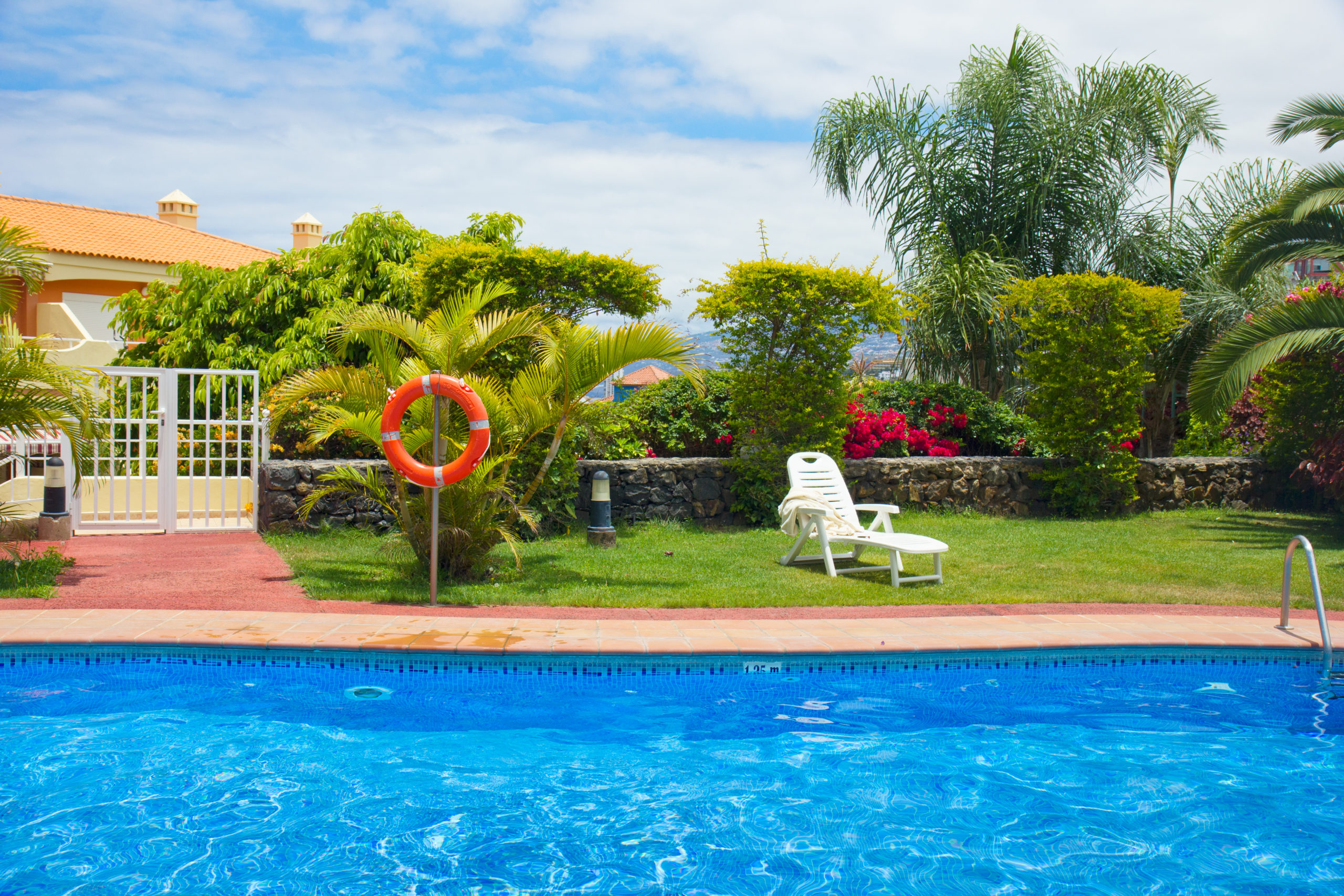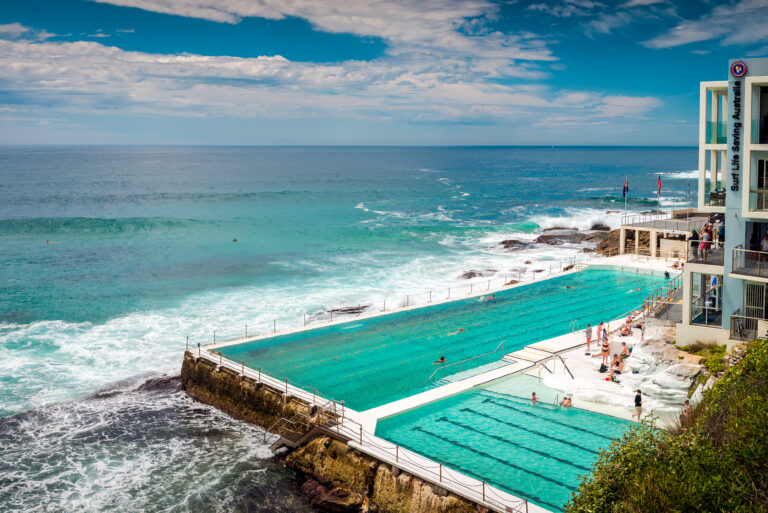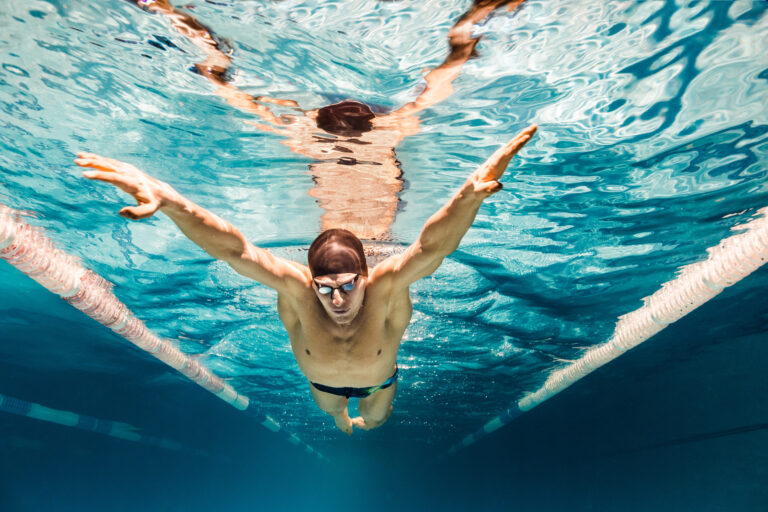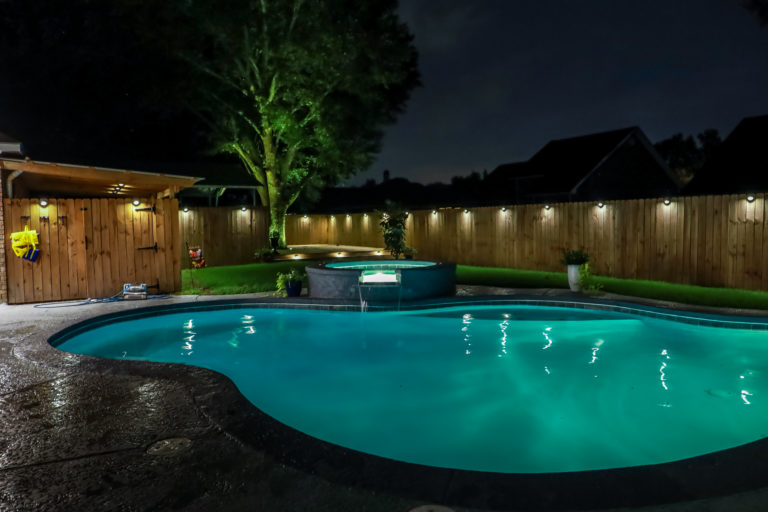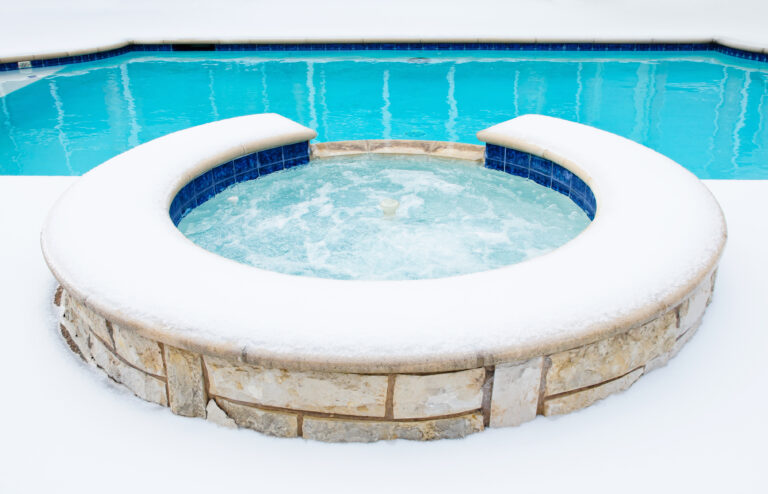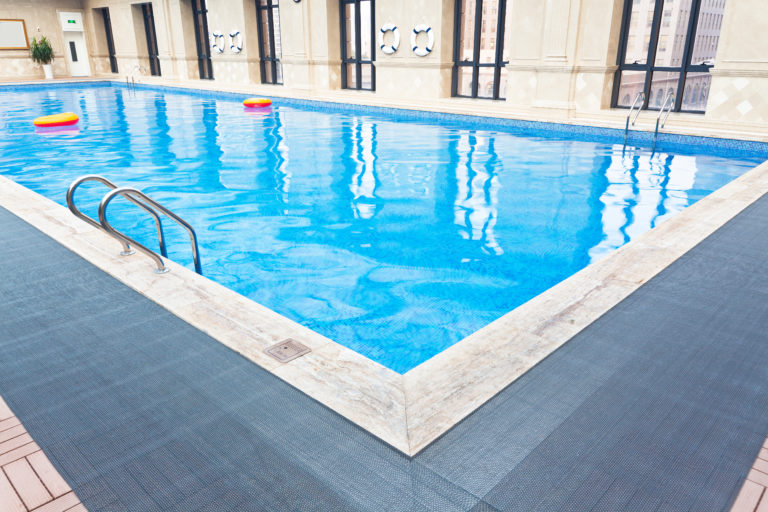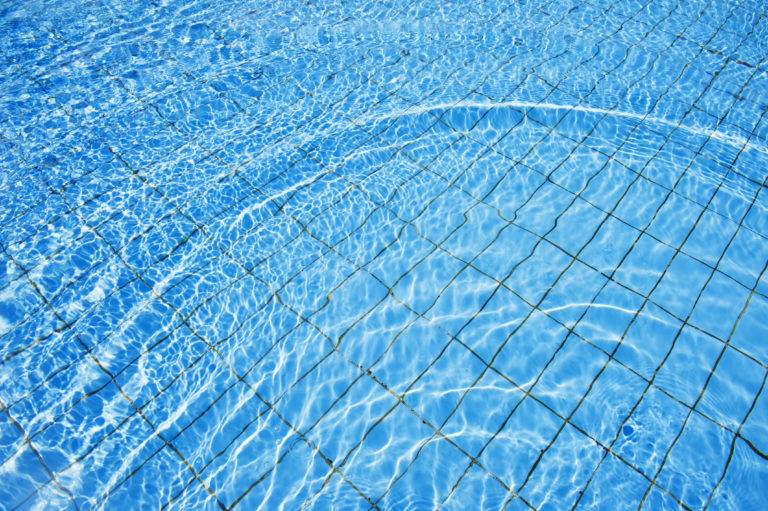Selecting the Best Plants for Poolside Landscaping
You’re planning to landscape around your pool, but don’t know where to start.
You need plants that’ll thrive in the specific conditions and won’t cause issues with your pool’s cleanliness or function.
In this guide, we’ll help you select the best plants for your poolside oasis.
We’ve got practical tips and expert advice that’ll transform your backyard into an idyllic retreat.
So let’s dive in and get started on creating your dream outdoor space!
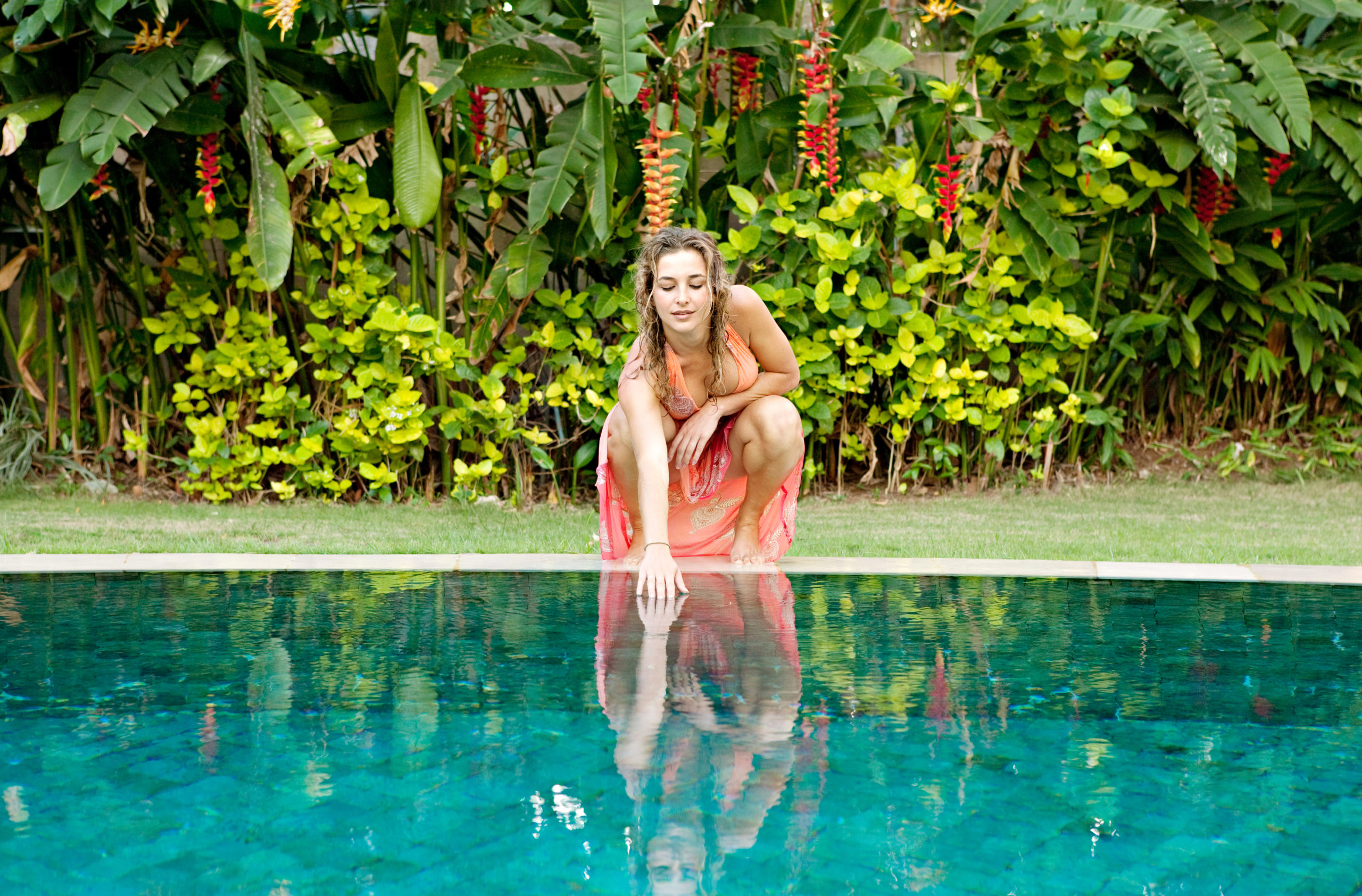
Understanding the Basics of Poolside Landscaping
You’ve got to understand the basics of poolside landscaping before you can choose the best plants for your space. Think about it, all those lush tropical plants and vibrant flowers look great in pictures but they’re no good if they don’t fit with your overall design or budget.
That’s where landscape budget considerations come into play. You’ve got to figure out what you can afford before you start buying plants willy-nilly. Are we talking a few statement palms or a full on botanical garden? The scale of your project will heavily determine which plants are feasible.
Then there’s pool furniture integration to think about. You want your greenery to complement the loungers, tables, and umbrellas around your pool, not compete with them. This means considering color schemes, plant sizes, and even plant placement in relation to furniture.
Finally, don’t forget the practical aspects like maintenance levels and local climate conditions. There’s no point investing in high-maintenance tropicals if you live in a desert climate or aren’t willing to put in the time for upkeep.
Understanding these factors ensures that when it comes time to choose your plants, you’ll make decisions that enhance both beauty and functionality of your space.
Considering the Poolside Environment
When thinking about your pool’s environment, it’s essential to consider factors like sunlight, wind exposure, and the amount of splashing water from the pool. You don’t want to find yourself constantly replacing plants because they couldn’t withstand these conditions.
Take into account saltwater tolerance. If you’ve got a saltwater pool, you’ll need flora that can handle occasional splashes of saline solution. Some plants shrivel up at the mere taste of salt; others thrive in it. Do some research or consult with a local nursery for advice on resilient species suitable for your climate zone.
Wind resistance is another key factor. Poolside areas are often more exposed and may bear the brunt of strong winds. High winds could damage delicate plants or even cause them to end up in your pool! So, opt for robust varieties that can stand tall against gales without losing their charm.
Lastly, remember that pools reflect sunlight intensively and create microclimates hotter than other parts of your yard. Choose sun-loving varieties that won’t wilt under these harsh conditions.
Your poolside paradise depends on the right plant selection tailored to its unique environmental challenges.
Tips for Choosing the Right Plants
When you’re choosing the right plants for your poolside, there are a few key factors you’ll want to consider.
First off, think about plant durability and maintenance; it’s essential to select plants that can withstand the conditions and won’t require constant upkeep.
You also need to consider climate factors such as sunlight exposure and temperature variations, while not forgetting the importance of aesthetic appeal in creating an inviting and relaxing environment.
Plant Durability and Maintenance
It’s crucial to consider plant durability and maintenance when choosing the best greens for poolside landscaping. You need to prioritize plant resilience and chemical resistance, given the harsh pool environment. The hot sun, chlorine or salt content can easily damage your plants if they’re not resilient enough.
Choose plants that are tough and can withstand these conditions with minimal care. For example, palm trees and agave have high resilience, requiring less maintenance than others. They also resist chemicals found in pool water.
Considering Climate Factors
You’ve got to take into account the climate factors of your area before setting up your garden. It’s not just about what looks good, but also what can survive and thrive in your specific environment. Climate adaptation and seasonal adjustments are key components in selecting the best plants for poolside landscaping.
Consider a plant’s heat tolerance, cold resistance, and ability to handle changes in weather patterns. And don’t forget – different plants have different needs during various seasons.
Here’s a table to help you visualize:
“`
| Season | Plant Needs |
| :———: | :———–: |
| Spring | Fresh Start |
| Summer | Heat Resistance |
| Winter | Cold Tolerance |
“`
With proper planning and consideration of the climate factors, you’ll create an outdoor oasis that not only appeals visually but thrives season after season.
Aesthetic Appeal Importance
Beyond climate considerations, don’t underestimate the importance of aesthetic appeal in your garden design. Remember, it’s not just about choosing plants that can survive your local weather conditions. You’re also creating a space where you’ll spend time and entertain guests, so it should be visually pleasing.
1. Color coordination: Use color to create a harmonious look. Complementary or analogous colors work well together.
2. Plant height: Varying plant heights add depth and interest to your landscape.
3. Texture variation: Mix different textures for an attractive contrast.
Strategically place taller plants as backdrops while shorter ones serve as fillers or edgings. Use color coordination wisely by pairing hues of similar shades for serenity, or contrasting colors for drama. It’s all up to you!
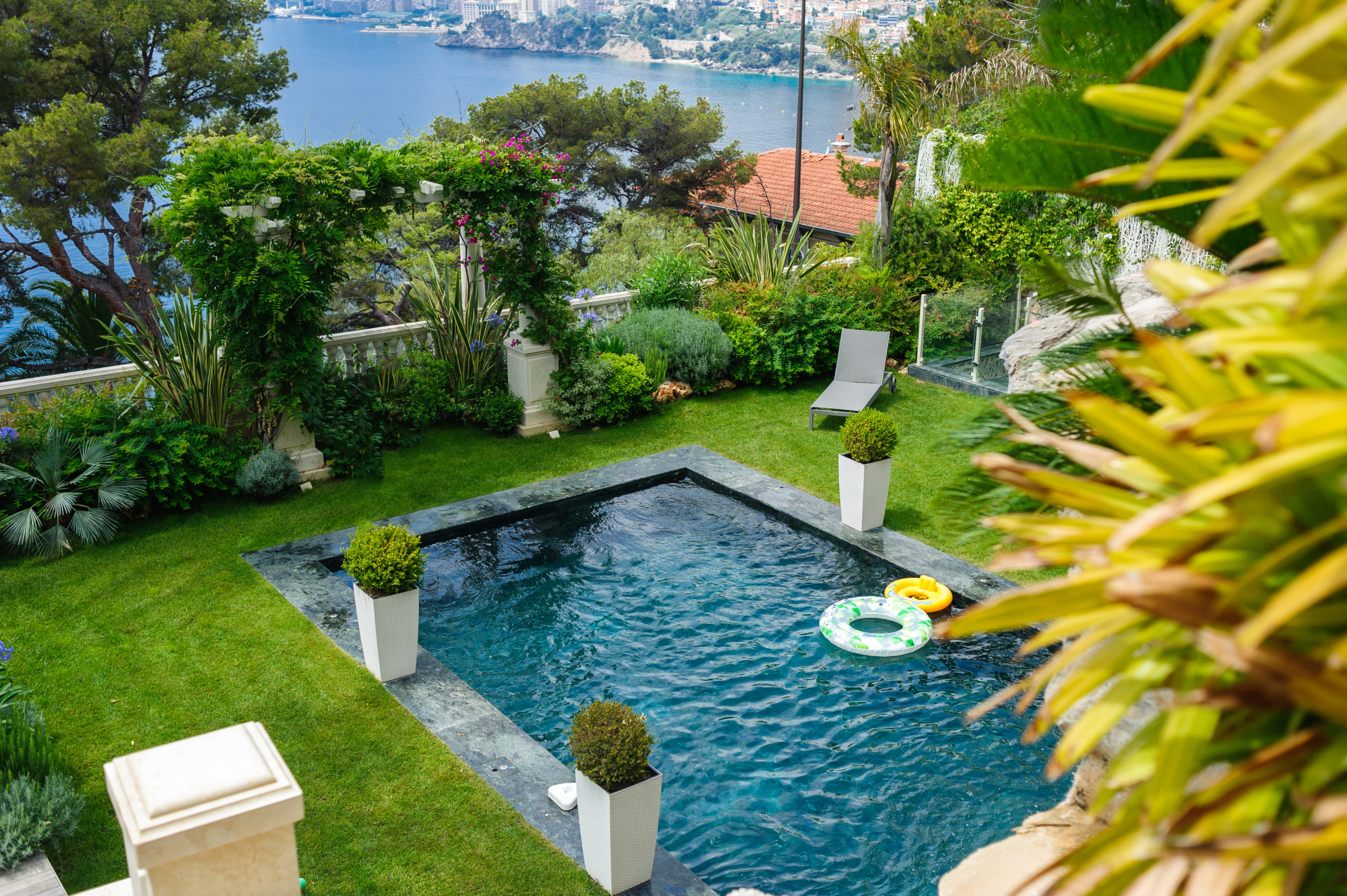
Types of Plants to Avoid Near the Pool
You’ve put a lot of thought into the perfect plants for your poolside oasis, but have you considered the potential pitfalls?
Let’s dive into some concerns to keep top of mind:
– The risks associated with ‘messy’ plants that can clutter your pool area.
– The issues allergenic plants may cause for you or your guests.
– The problems invasive roots can pose to your pool’s structure.
It’s not just about choosing attractive vegetation, but also ensuring that they won’t create more hassle in the long run.
Messy” Plants Risks
It’s crucial to avoid ‘messy’ plants near pools, as they can create unnecessary maintenance work and potentially damage the pool system. Think of plant allergies and debris management. You don’t want to spend your time sneezing or cleaning up leaves instead of enjoying a cool dip.
Consider the table below:
| Problematic Plants | Potential Risks |
| Messy Flowering Plants | Debris in pool causing maintenance issues |
| Trees with Heavy Pollen | Plant allergies for swimmers |
| Bushes that Shed Leaves | Clogging pool filters |
| Grass that Spreads Quickly | Taking over pool area |
Choosing wisely could save you from extra work and make your poolside landscape more enjoyable. Don’t let messy plants cause unnecessary headaches when simple planning can prevent any potential problems.
Allergenic Plants Concerns
Moving on from those messy plants, let’s now delve into another concern you might face: allergenic plants. You see, some flora aren’t just messy; they’re also major players in pollen production – a nightmare for allergy sufferers.
Plants like the innocent-looking goldenrod or the popular oak tree are pollen powerhouses that could turn your poolside escape into an itchy, sneezy mess.
On top of this, there are irritant plants to consider. Sure, that pretty poison ivy might provide great cover and color, but its irritating sap can cause nasty rashes. Even seemingly harmless plants can be deceivingly irksome due to their high pollen count or irritants.
So when selecting poolside greenery, remember: beauty isn’t everything! It’s crucial to ensure your green oasis won’t end up causing more harm than good.
Invasive Roots Problem
Don’t let invasive roots become a problem by ruining your pool’s foundation and plumbing system. As you plan your poolside landscape, remember the importance of roots damage prevention. You don’t want to find yourself in a situation where tree or shrub roots are causing major issues.
Consider these steps:
– Choose plants with non-invasive root systems.
– Use root-friendly fertilizers that promote healthy growth without encouraging excessive spread.
Plant selection is critical for avoiding root problems:
– Opt for shallow-rooted plant species
– Grasses
– Annuals
– Avoid deep-rooted trees and shrubs
– Willow Trees
– Bamboo
Top Recommended Plants for Poolside Areas
You’ll find that the top recommended plants for poolside areas are typically ones that can withstand high levels of heat and sunlight. These sun-loving plants not only enhance the beauty of your pool area but also create a serene ambiance ideal for relaxation.
Pool friendly succulents, like Agave and Aloe, are perfect choices due to their low water needs, resistance to heat, and minimal root spread. On the other hand, if you’re aiming for a tropical vibe, consider options such as Bird of Paradise or Hibiscus. These tropical foliage options bring vibrant colors and exotic charm to your poolside landscape.
To help you visualize these plant options better:
| Plant Type | Example | Key Features |
| Pool-friendly Succulents | Agave | Heat-resistant, Low watering need |
| Tropical Foliage Options | Bird of Paradise | Vibrant color, Exotic appeal |
How to Maintain Poolside Plants Effectively
It’s essential to understand how to effectively maintain your chosen poolside flora, ensuring they stay healthy and vibrant. You need to develop proper watering strategies because the poolside environment can be harsh for some plants. You’ll want to water deeply but infrequently, allowing the soil to dry out between watering sessions. This approach encourages roots to grow deeper, making them more resistant to drought conditions typical of pool areas.
When it comes to fertilizer selection, you have a crucial decision in front of you. Poolside plants often face unique challenges due to chlorine or salt exposure, so they’ll benefit from specially formulated fertilizers that provide necessary nutrients without adding harmful salts. Look for slow-release formulas; these will nourish your plants over time rather than delivering a quick burst of nutrients that could encourage weak growth.
Don’t forget about regular pruning! Keeping your plants trimmed not only keeps them looking tidy but also promotes healthier growth and prevents the spread of disease.
With these steps in mind, you’re on track for maintaining lush and thriving vegetation around your pool area. Proper care will make all the difference in creating an inviting oasis at home.
The Impact of Poolside Plants on Your Overall Landscape Design
Considering the overall landscape design, your choice of foliage around the pool can dramatically alter the ambiance and aesthetic appeal. Poolside plant height plays a crucial role in this transformation. Tall plants add dimension and depth to your space while providing ample shade on scorching summer days. However, you’ve got to ensure they don’t overshadow or obstruct the view.
Plant color coordination is another critical piece of the puzzle. It’s more than just picking plants that match; it’s about selecting a color scheme that enhances both your pool area and overall yard aesthetics. You might want to choose hues complementing your house exterior or maybe go for colors contrasting with your pool water – all up to what you fancy!
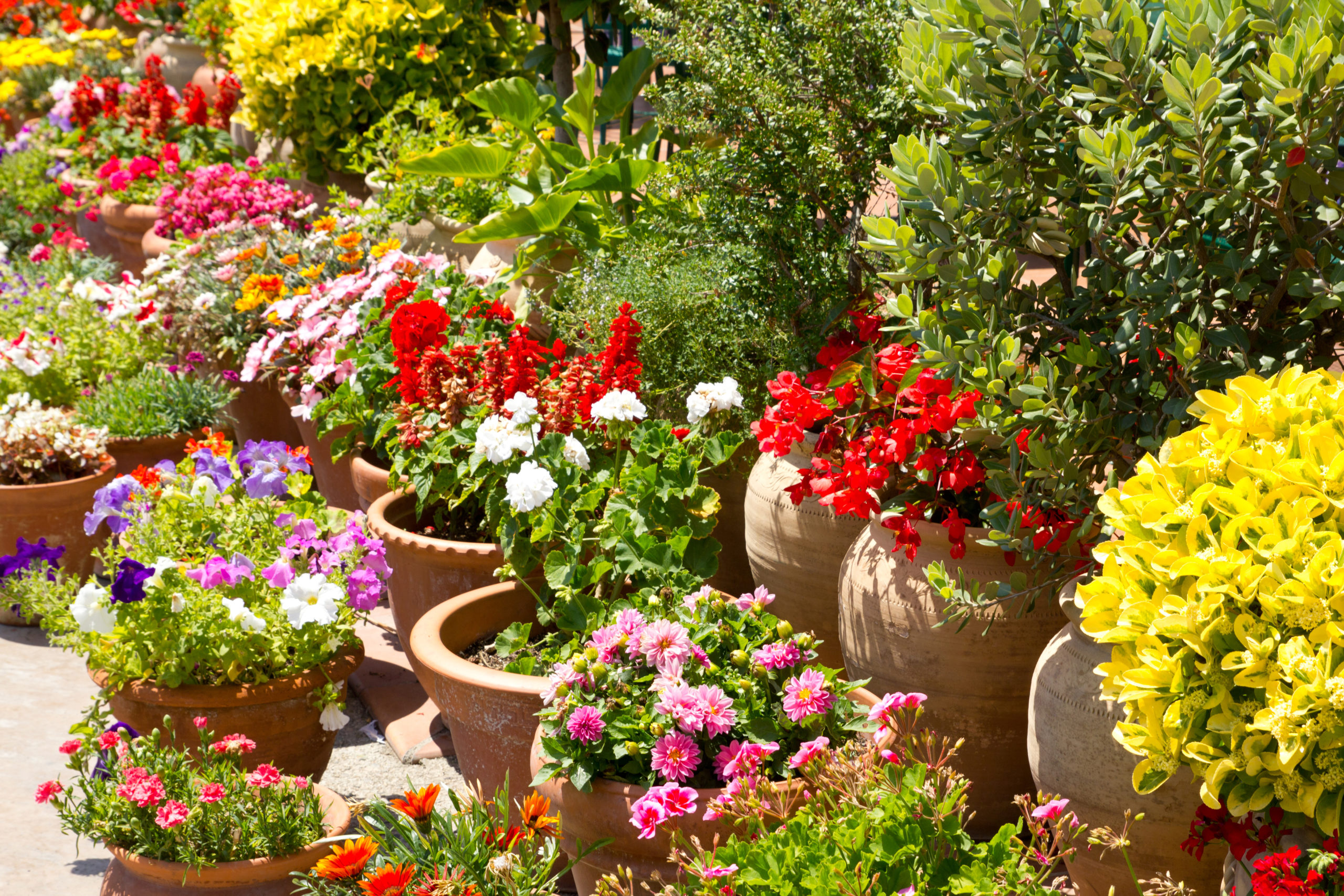
Don’t forget, maintaining balance is key here. You wouldn’t want overly tall plants making everything else look dwarfed or too vibrant colors clashing with each other, creating visual chaos. Instead, strive for a harmonious blend where each element complements rather than competes with others.
Frequently Asked Questions
What Are Common Mistakes to Avoid When Landscaping Around a Pool?
You’re often making plant selection mistakes, like choosing plants with invasive roots or those that attract pests. You’re also risking overwatering, which can cause root rot and harm your plants.
Are There Any Specific Plants That Can Aid in Pool Water Filtration?
Yes, certain plants can improve filtration efficiency. You’ll need to consider plant durability factors like tolerance to chlorine. Plants such as water lilies and cattails are great for absorbing pool contaminants naturally.
How Can I Protect My Poolside Plants From Chlorine or Saltwater Exposure?
To protect your plants from chlorine or saltwater exposure, consider choosing chlorine resistant plant varieties. Also, employ saltwater adaptation methods such as regular rinsing to minimize damage.
How Can I Incorporate My Poolside Plants Into a Broader Garden Design?
You can integrate your poolside plants into a broader garden design by designing poolside paths and creating privacy screens. These strategies will help blend the pool area with the rest of your landscape seamlessly.
What Are Some Cost-Effective Plants for Poolside Landscaping?
You’re seeking cost-effective plants for landscaping. Consider seasonal plant rotation and container gardening advantages. They offer diversity, flexibility, and can be more budget-friendly than permanent plantings, especially near a water feature.

